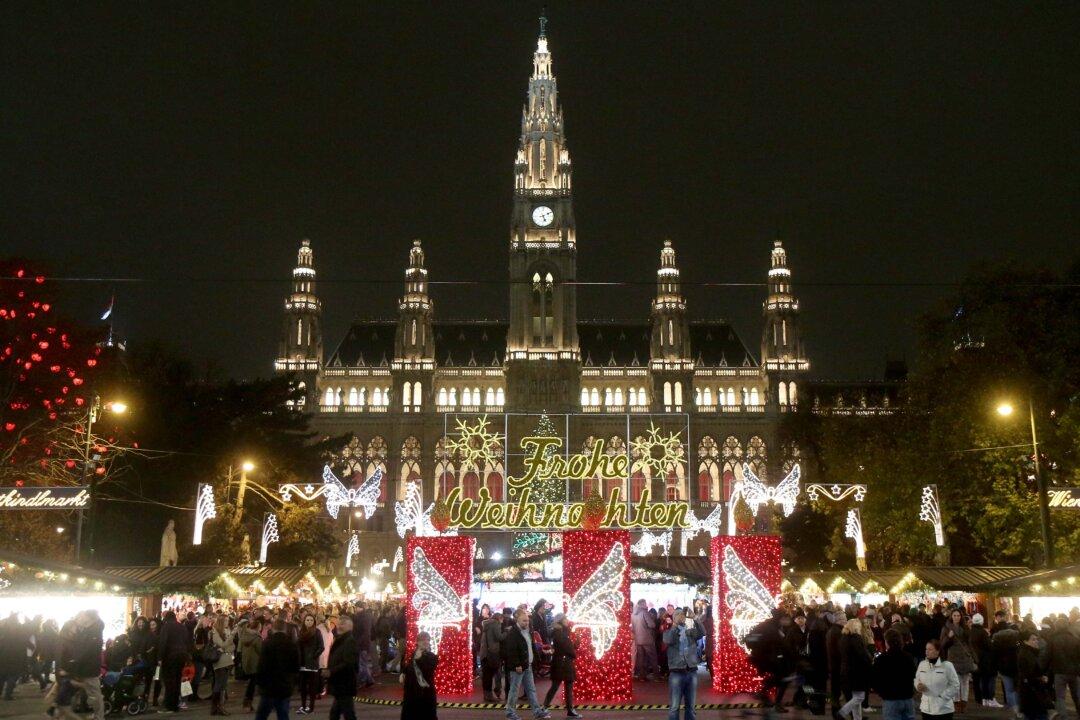Europe’s cheaper currency might not achieve more lending and more investment after all. It will, however, make a trip across the Atlantic a lot cheaper for Americans.
Back in 2008 it cost Americans $1.60 to buy one euro. Now it’s only $1.13, down 30 percent to levels not seen since 2003. You are still getting a 19 percent discount since the euro’s recent high of April 2014. So Europe is on sale, what else is good news?
source: tradingeconomics.com
When to Go?
There are several reasons why you should go to Europe in the summer and lock in most of your costs at the cheap exchange rate now.
Unless you are an avid skier and prefer the Austrian Alps over the Rockies, the weather is the best everywhere from Sweden to Italy starting in late May. Also flights—the only purchase that prices in dollars—are cheaper when booked in advance.
A non-stop flight from New York to Rome with Alitalia in June costs $1,254 according to Expedia.com, but you would have to pay $1,385 when going in March.
If you book early, you can also lock in your hotel costs at the current cheap exchange rate. The only risk you run is that the euro strengthens until you go in June and you'll have to pay more when you are on the ground.
Paris or Not
If you are looking for a real bargain, then the first rule is to not go to Paris. Flights are relatively cheap but everything from hotels to restaurants are amongst the most expensive in the Eurozone.
Nonetheless, if you are really keen, you can grab a non-stop flight in June for around $1,200 and get four-star hotels like the Pullman Paris Tour Eiffel for 265 euros per night for two people, according to HRS.com. That’s $150 per person per night.
If you were to go eat out twice a day during your trip, used public transportation most of the time, and didn’t go overboard on the beers, you would spend 516 euros for a typical tourist week in Paris, excluding entry to sights (expensive). That’s $580 at the current rate, but this might fluctuate until you go in the summer.






